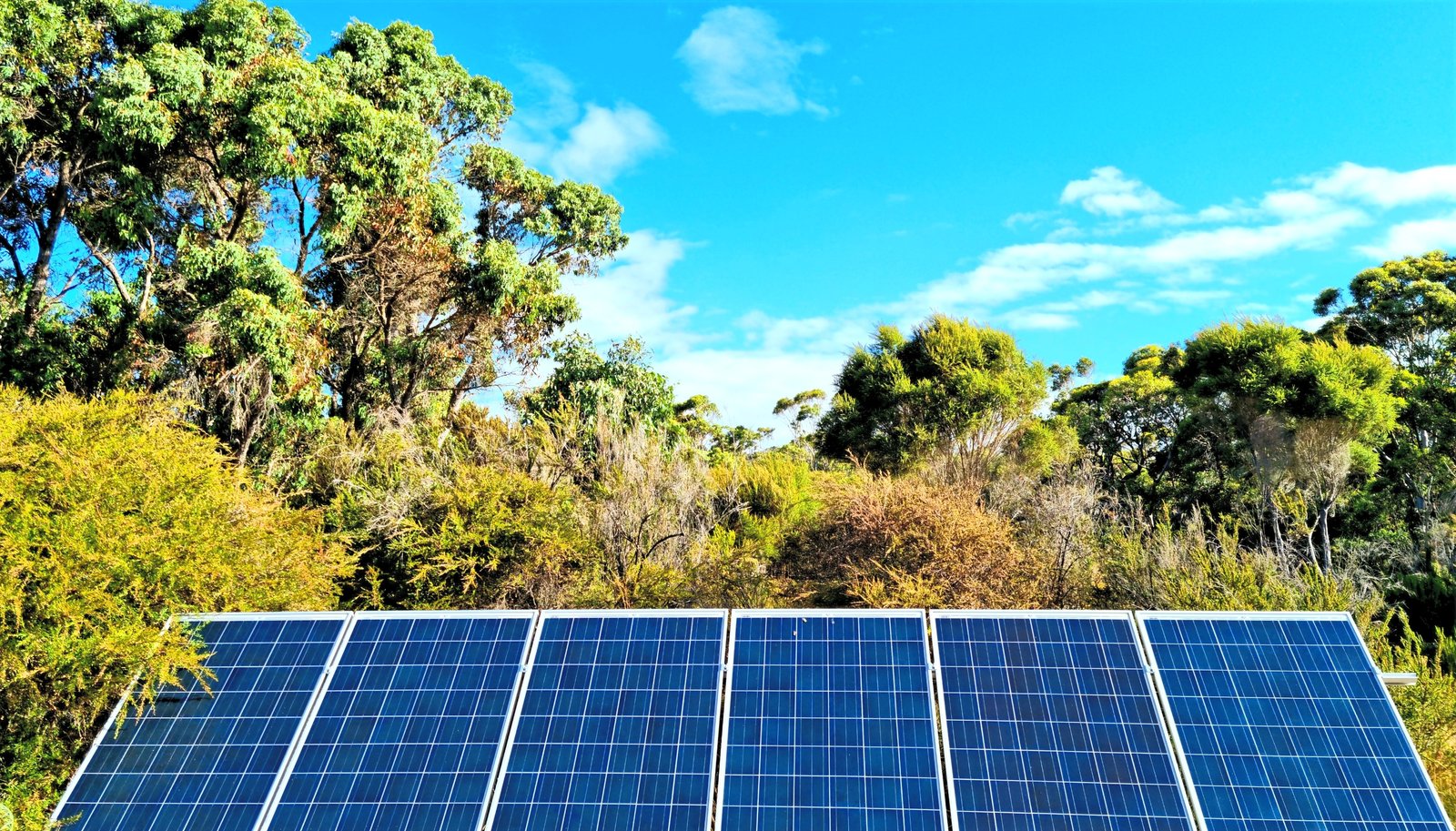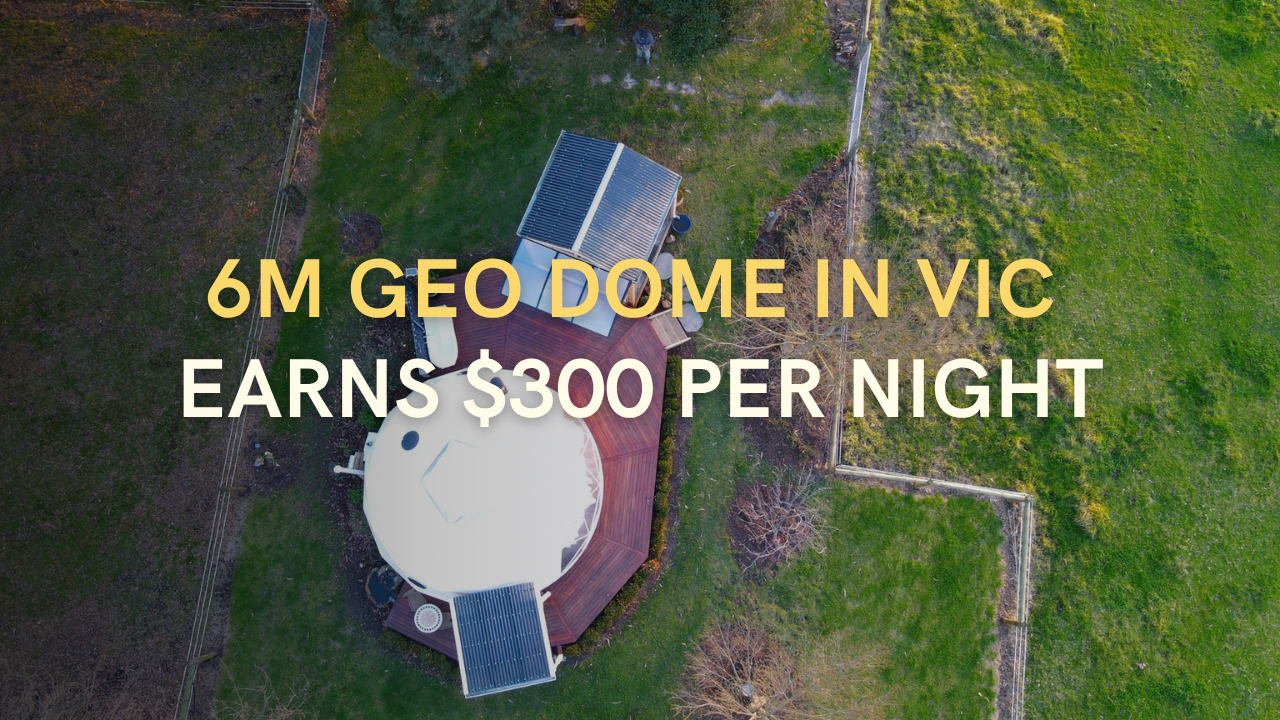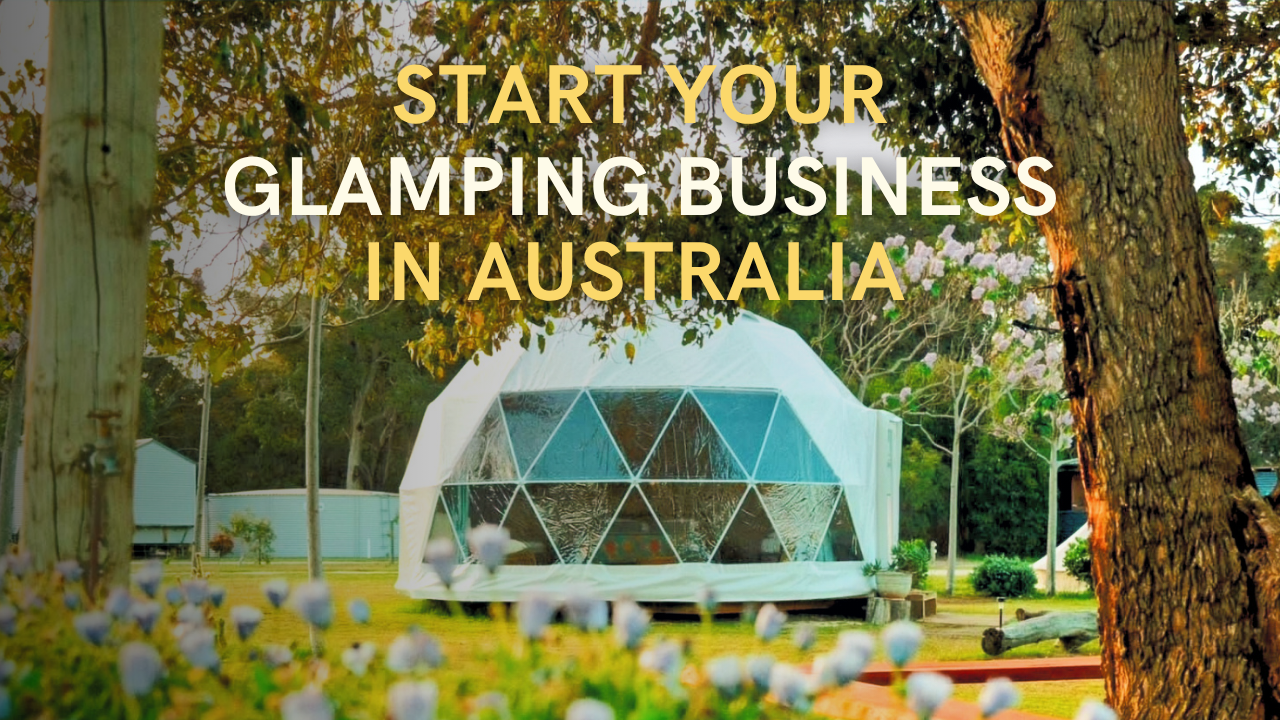Can You Live in a Yurt in Australia in 2026? (What Councils Really Allow)
The short answer: sometimes yes, sometimes absolutely not — and sometimes “it depends who’s asking.”
In 2026 across Australia, yurts and domes sit in a strange space between “temporary structure,” “studio,” and “dwelling.”
What they’re called on paper changes what you can get away with in real life.
This article walks you through how people are actually doing it — living in them, renting them out, using them as creative space. With or without approvals.
1. What Councils Actually Think a “Yurt” Is (and why that matters)
Most councils don’t have a neat checkbox for “yurt.” They try to jam it into one of the following:
Temporary structure
Removable, not hard-plumbed, often under a certain size.
Councils can be relaxed if you call it seasonal or “short-stay.”
Some of our clients have exemptions on this basis – where their deck is an approved structure and the Yurt or Dome is exempt. Ask us how.
Ancillary / studio / outbuilding
“Non-habitable use.”
Yoga space, art studio, massage/therapy room, music room, farm office.
Often easier to get through, and on paper you’re not living in it.
Permanent Structure
Has to comply to Australian building code
This is where you will hit roadblocks.
That’s why it’s important to get clear on your needs:
Are you trying to build a forever house, or a simple off-grid getaway, or a place to stay for a few years while you make permanent plans?
Or do you just need extra space — somewhere for guests, glamping, yoga, music, art, treatments, writing, the stuff that doesn’t fit in your main space anymore?
Are you in an area where people already have off grid alternative structures without too much hassle (plenty of these areas exist all over the country, ask us about them)
Those are all very different situations, and councils treat them very differently.
2. Can You Actually Live in a Yurt Full-Time?
Short answer: plenty of people do — but it’s not an automatic yes anywhere in Australia.
Here’s what’s happening in the real world:
Some councils will allow temporary or seasonal use (e.g. “camping” or “while you build”).
Some will allow a structure that’s “temporary” on rural land, especially if it’s not being presented as the permanent main dwelling.
Some will issue exemptions on the basis that the Yurt or Dome is a ‘tent’ and just require approval for the deck (we have engineered decking plans to make this easy)
If you say you want to live in it full-time, you’re stepping into proper dwelling rules and you’re not going to get approval for that (unless you want to build a round-house from scratch at the same price as a regular build)
If you’re dreaming of living in your yurt full-time, just know that this carries some risk.
We’ve got plenty of people across the country already doing exactly this, and they’re making it work — but they’re not naïve about it. They understand their local area. They’ve seen what other people have been able to pull off on similar blocks. They’re prepared to take on a bit of risk because the housing crunch doesn’t seem to be easing any time soon.
In other words: people are doing it. You just need to understand the trade-offs and not assume it’s a guaranteed green light forever.
Things that make it easier:
- You’re on rural or agricultural land, not a tiny suburban block.
- You’re not waving around “this is our new main house” on email / socials.
- You’re looking after the land (you’re taking care of wastewater, using composting loo’s etc)
- You’re not creating drama for neighbours.
- You’re in an area where people are already living off-grid in alternative structures without too much hassle. Plenty of them exist!
3. Can I Rent It Out as Glamping / Retreat Accommodation?
This is where yurts and domes become serious tools, not just alternative living.
Using a yurt or dome as paid accommodation – short-stay, retreat space, couples’ weekend, sound healing space, etc. is different legally to “this is my permanent house now.”
A lot of councils are more open to short stay / eco-stay use on rural or lifestyle blocks.
That doesn’t mean zero rules. It usually means:
- You might need to register as short-stay or similar.
- You need to show you’ve considered safety aspects (bushfire risk, public liability).
- You definitely need a plan for toilet/wastewater if guests are staying.
The reasons our clients usually get into it:
- Done properly, these structures pay themselves off fast.
- You’re creating a premium escape experience that hotels can’t replicate.
- You’re building an income stream with a very simple outlay and quick turnaround.
Real example:
One of our clients in Victoria put in a ~6m dome (deck, fit-out, styling etc.) at under $40k all-in and is on track to recover that spend in the first year of short-stay bookings. Making over $300 per night. → Watch Stu’s story here.
If you’re planning a glamping setup for paying guests there’s 2 ways to go about it:
No approvals (this comes with obvious risk) but many clients do it. Especially if they’re just setting up 1 or 2 – or testing the concept.
Full council approvals. Most proper glamping operators end up approved as a registered camp, with yurts / domes treated like tented accommodation. We have clients successfully operating with full approvals so it is entirely possible, just takes more time, resources and planning but the rewards are huge.
We have clients with 9 Yurts approved including BAL 29 bushfire approvals, set to make over $300 per night on each Yurt on the back of their farm in a popular holiday destination. → Check out Yurts at Yelverton to see what’s possible.
4. Will a Yurt or Dome Actually Be Comfortable All Year?
Winter warmth
A yurt or dome in winter needs actual insulation and usually a heat source.
All our Yurts and Domes all come insulated as standard and you can double it up if you’re in a cold area.
Floor insulation matters too, our decking plans can easily be adapted if you want to install floor insulation.
A diesel or wood heater changes the entire experience and can create a beautiful ambience to your space.
Summer heat
Airflow and insulation are your best friend. Also where you choose to build your Yurt or Dome can make a huge difference if you can get some afternoon shade for example.
You want a vented crown, cross-breeze, good insulation layer and colours that reflect the heat. Our Yurts and Domes do all of the above.
Wind and exposure
Yurts and Domes are incredibly strong in windy conditions due to their round shape. They can typically handle over 100km/h winds if installed correctly. They are not cyclone rated or warrantied against severe weather damage but we can give you plenty of real-word examples of our clients going through extreme conditions.
5. So… Should You Do It?
If you’re trying to get onto land without signing up for another 30-year mortgage, a yurt or dome is one of the fastest most affordable ways and it could be perfect for you if you understand the risks.
If you’re trying to build a wellness space, creative studio, or glamping/retreat income stream — this is where these structures shine.
If you’re assuming council will just smile and say “sure, no worries, go ahead” that’s not how Australia works in 2026.
The people who make it work well usually do 4 things:
- They do their homework on their local council, the rules and what others are doing successfully and make a considered decision about which route they take.
- They know the true costs upfront: deck, insulation, heat, amenities etc (not just the price of the Yurt / Dome).
- They understand there’s maintenance just like with any structure (cleaning, waterproofing, replacing the outer cover every 7 years or so).
- If they choose the no approval route they know the risks and have a plan B, and they don’t get carried away over complicating their setup or over capitalizing on their Yurt or Dome.
What To Do Next (Before You Spend a Dollar)
Talk to us first.
We’ll help you understand the best options for what you want to achieve and show you how others have done similar.
→ Get the 2026 Yurt & Dome Buyer’s Guide — packed with everything you need to know about costs, sizing, installation, and more.
Want to see real examples? → Watch our client build videos to see how others have done it.
FAQ
Q: Can I live in a Yurt or Dome full-time?
A: You can and plenty do – but that doesn’t mean it’s approved. Most councils treat them as temporary or seasonal structures unless you’re building a certified roundhouse. If you choose the off-grid route, just understand the risks and the realities of your local area.
Q: Do I need council approval?
A: Not always (we have some clients with exemptions from their shire).
For private use on rural or agricultural land (studio, creative space, yoga room, guest overflow, temporary accommodation), many people set up without formal approvals.
For commercial use — glamping, retreats, short-stay — most councils require some form of registration or approval. Many of our clients operate through “temporary structure” or “tented accommodation” pathways, and others have full approved camps (even BAL-rated sites).
Ask us about the approach that fits your land and goals.
Q: Are Yurts and Domes warm in winter?
A: Yes — if you insulate them properly.
All our Yurts and Domes include insulation as standard, and you can double it for cold climates. A small wood or diesel heater transforms the space.
Floor insulation matters too — our decking plans make that easy.
Q: Are they comfortable in summer?
A: They can be — as long as you build smart.
Good airflow (vents + cross-breeze), insulation, and choosing the right colours for your climate make a huge difference. Shaded positioning and a well designed yurt help keep temperatures comfortable.
Q: How do they handle wind?
A: Extremely well.
The round shape naturally sheds wind and reduces uplift. Properly installed Yurts and Domes easily handle 100km/h+. They’re not cyclone-rated or warrantied for extreme events, but they’re far stronger than people expect.
Q: How long do Yurts and Domes last?
A: Frames can last decades with simple care.
Covers are a consumable item — typically around 7 years depending on climate, UV exposure, and maintenance. We offer replacement covers for usually around $2,000 – $3,000 and can guide you on best practices to maximise longevity.
Q: Can I use one for a glamping or retreat business?
A: Absolutely — this is where they shine.
A: A single yurt or dome can return its investment in under a year in the right market. You’ll need to consider wastewater, fire safety, guest access, and local registration requirements. We have clients with full approvals operating 6–9-yurt sites making $300+ per night per structure.
For more answers to common questions, visit our → Complete FAQ Page.
Ready to Start Your Yurt or Dome Journey?
Whether you’re planning a weekend retreat, a full-time off-grid home, or a profitable glamping business, we’re here to help you make it happen.
Our team has helped hundreds of Australians navigate council requirements, choose the right setup, and create their dream yurt or dome space.
Get in touch today for expert advice tailored to your situation.
Phone: +61 489 269 088
Email: hello@yurtinthedirt.com.au
Website: www.yurtinthedirt.com.au












